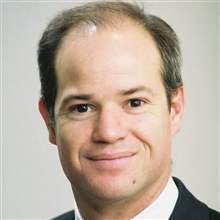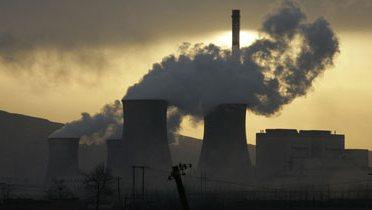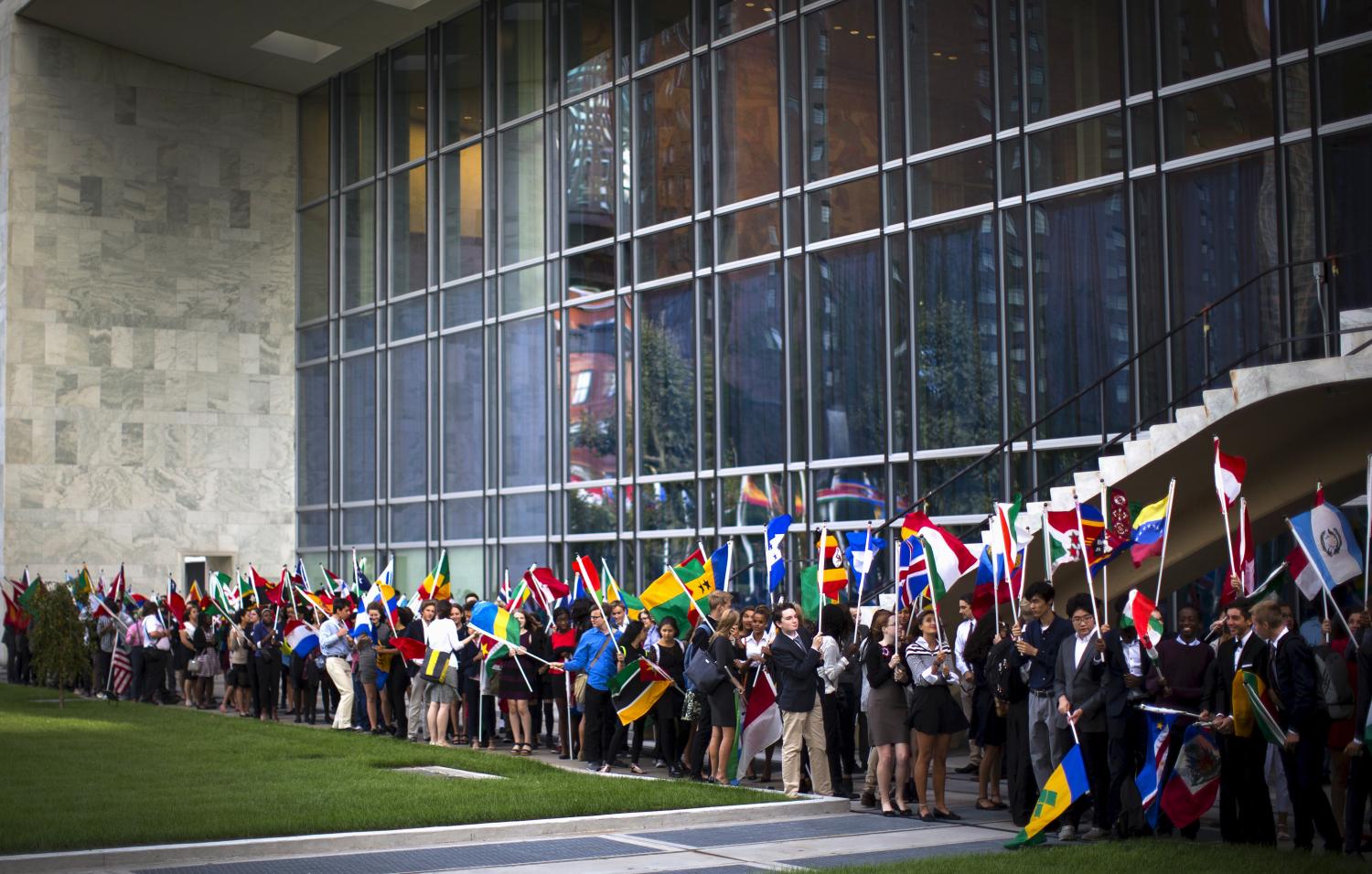World Bank staff and management proposed to phase out lending for new coal generation projects in middle-income countries in an initial draft of the institution’s new ten-year energy sector lending strategy. One argument advanced by proponents of the restriction is that these projects typically have no trouble attracting private sector finance, and thus, the World Bank’s involvement provides no additional development benefit.
An independent analysis confirms these facts and shows that less polluting coal plants have been built in roughly two thirds of the middle-income countries that generate coal-fired power. Additionally, the vast majority of these plants have been built with private sector finance alone. Close scrutiny of financial data provides a clear reason for this trend. The weighted average cost of capital for a typical coal generation project in nations without a World Bank loan is roughly 13 percent, while the rate of return is roughly 18 percent over 20 years. Because energy projects can readily attract private capital to finance coal-fired power stations with the same proven technologies used in developed countries to minimize greenhouse gas emissions and local air pollution, the World Bank should allocate scarce multilateral development funding for other pressing investments that cannot attract private capital as easily.
INTRODUCTION
World Bank staff has spent the last several years drafting a new strategy that will provide high-level policy guidance for energy sector lending decisions over the next decade. The World Bank’s Committee on Development Effectiveness (CODE)—a subset of the board of directors—discussed a draft strategy in April that was leaked to the public by several media outlets. However, CODE did not approve the draft strategy and the World Bank is undertaking consultations with member governments to determine a way forward.
The 100+ page draft strategy places strong emphasis on both providing energy access to the poor and promoting an environmentally sustainabe energy sector. The draft includes quantitative targets for energy access and the percentage of clean energy in the World Bank’s lending portfolio, and introduces new greenhouse gas accounting requirements that will be phased-in over the next several years.
One of the most important and controversial provisions in the draft strategy is a ban on lending for new coalfired power plants in specific categories of World Bank client countries. The ban covers all countries that qualify for loans from the International Bank for Reconstruction and Development (IBRD), including “blend” countries that also receive loans from the International Development Association (IDA). This includes middle-income countries, ranging from India, China, Brazil and South Africa to Vietnam and Pakistan. IBRD offers loans with better terms than commercial lenders, including longer payback and grace periods. The ban on new coal generation lending does not cover the poorest (IDA only) countries or efficiency improvements for existing coal plants in middle-income countries.
The ban on new coal generation projects in middle-income countries sharply divided nations at the CODE meeting. Middle-income countries argued that placing restrictions on projects for specific groups of countries is unprecedented, and that countries should be allowed to choose their own energy pathways. Developed countries argued that middle-income countries are easily able to attract private capital for new coal plants, and thus, World Bank lending provides no additional development benefit.
This report evaluates the argument advanced by developed countries and describes our initial findings.
The Brookings Institution is committed to quality, independence, and impact.
We are supported by a diverse array of funders. In line with our values and policies, each Brookings publication represents the sole views of its author(s).





